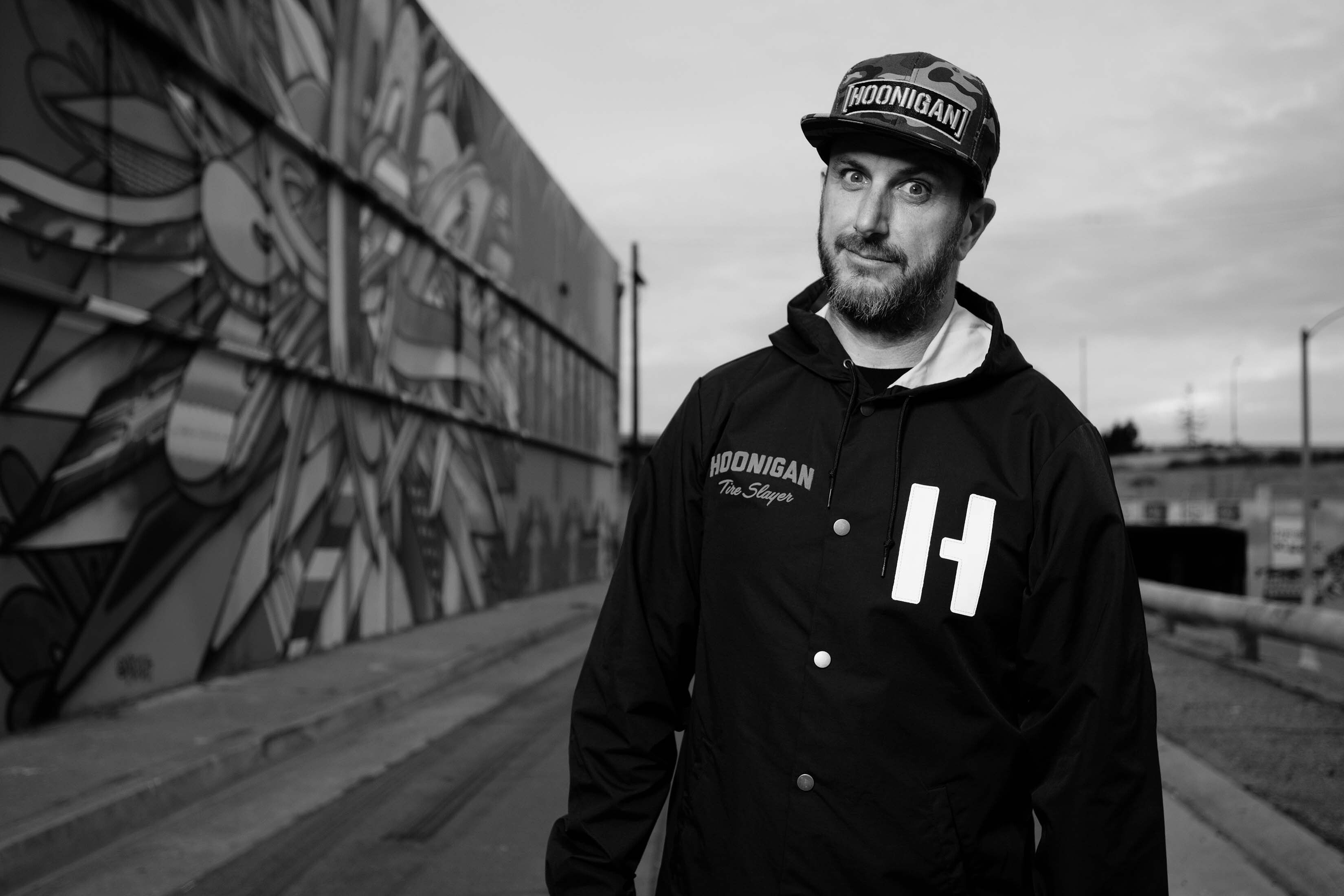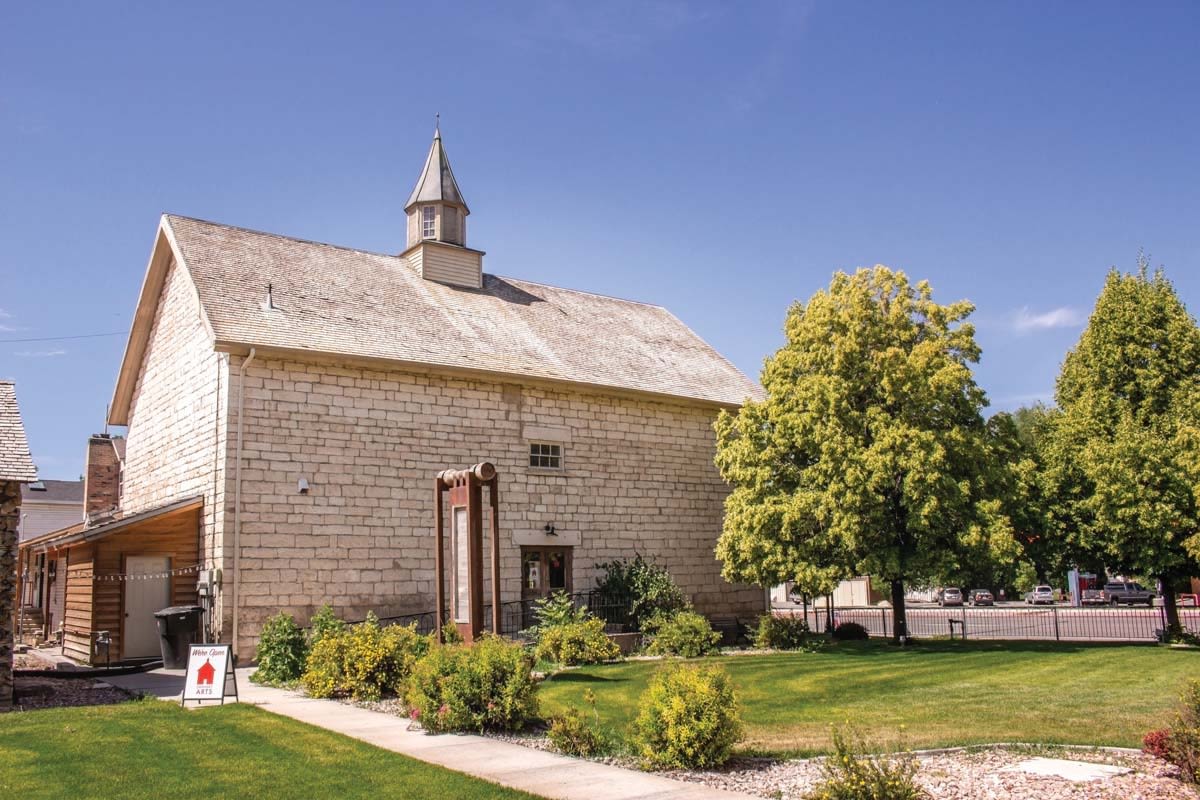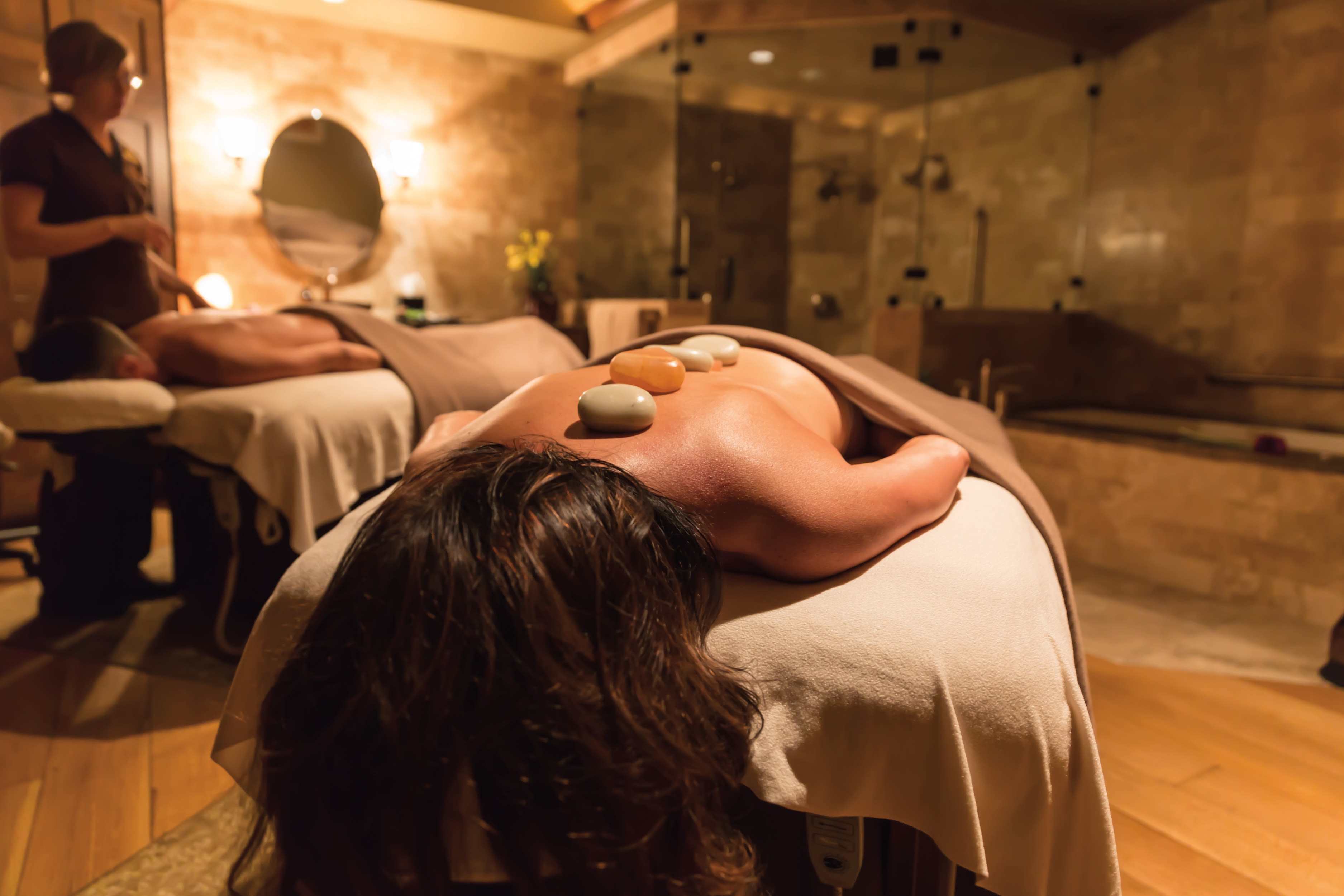“I Do” It My Way

It really put a cramp in the plans I had for my summer 2005 wedding ceremony when I discovered that ship captains are not legal officiants—unless the salty dog is also a minister or justice of the peace. Our less Deadliest Catch “plan B” was having my soon-to-be brother-in-law click an online “Ordain Me” button and become a Universal Life Church minister for the occasion. The power vested in him must have worked, as some eight years later, the marriage has stuck.
With all the coordinating of caterers, bands, and choreographed flash mobs for the big reception/party, it’s easy to forget that the comparatively brief ceremony is the real linchpin of the whole wedding thing. Steeped in tradition, it’s a declaration of love to your dearly beloved, and it's legally binding. But don’t fret. Our getting hitched how-to will get you back on track, in extra awesome fashion.
Legalize It
While hiking hand-in-hand to the top of Lone Peak and asking the cloud gods to bless your mutual lifelong vision-quest may seem like a solid idea if you have eaten some funny mushrooms, it’s not a legit marriage in the eyes of the law.
Just pop on down to the county clerk’s office (2001 South State Street in SLC or 60 North Main in Coalville for Summit County) to get your license—it’s valid anywhere in the state. The fee is $40 ($50 in Summit County) cash, check, Mastercard, or VISA. Bride and groom must be there together to sign the license, and it’s mandatory that each fill in the legal name they’ll have after they wed. The license is effective immediately, but the marriage must be solemnized within 30 days, or it expires, so don’t get the license too far ahead. Finally, the solemnization of the marriage must be witnessed by two adults, and the license returned to the county clerk within 30 days. Don’t screw up this last one—my friend did, and his wife would have divorced him if they were actually married. In Utah, failing to return the license is a misdemeanor!
For those getting married outside Utah or in another country (where there can be complicated residency or religion requirements), consider having an on-site coordinator or venue concierge do the license legwork.
The Master of Your Ceremony
So mariners are out, but here’s who can legally guide a Utah ceremony safely into port:
• Traditional religious weddings typically require that specific clergy officiate, and may include other conditions. Only baptized Catholics may wed at St. Mary’s Church in Park City, which provides prenuptial preparation for its own parishioners. Catholic couples from outside the parish must have received counseling from their own parish priest. Park City’s Temple Har Shalom is popular with destination couples getting married in the Jewish faith—couples should contact the Temple for information. For Mormon couples, the ceremony can either be in an LDS Temple, which requires a “Temple recommend” from your bishop for you and your guests—only LDS members allowed—or you can be married by an LDS bishop outside the Temple, which allows for non-Mormon guests to attend.
• Not getting married in a particular faith? Consider an experienced justice of the peace or non-denominational minister. “Although conducting a wedding ceremony isn’t brain surgery, couples will surely feel more confident with a professional celebrant,” says Salt Lake City Rev. Tom Goldsmith. “The wedding ceremony needs to flow effortlessly from welcoming guests, honoring how the couple wishes to meaningfully celebrate their wedding, establishing a reverent tone mixed with some light-heartedness, and ultimately making your way to the exchange of vows and rings.” More local non-denom options: Karen Nielsen of Marry in Utah, Anna Zumi of Wedding Zen, and Rev. Sharon Lewis.
• If you’d prefer to hit the altar with a loved one in front of you, make sure he or she has the requisite online credentials—try the Big Lebowski-inspired Church of the Latter-Day Dude. (Google it; it's real). It’s also key to choose your armchair officiant carefully. “Don’t pick someone who causes you to worry, ‘Oh my God, what if they say this,’ because they might,” says Daniel Louis Savickas, who has officiated three friends’ weddings. In terms of content, explicitly spell out what you want, Savickas says, but allow some creative license.
Something Borrowed
We all know the bare-bones “American” ceremony structure: walk down the aisle, welcome and musings by the officiant, readings or songs, vows and ring exchange, couple pronounced married and given the green light to smooch. Want to add some personality? Time-honored traditions are a great way to spice things up, whether by the book or respectfully tweaked to suit your values and style.
For example, to honor the groom’s Indian heritage, Bay Area couple Blythe Duffield and Nishant Parulekar incorporated a modified Hindu Saptapadi (Seven Steps) in their 2009 nuptials. Parulekar took Duffield by the hand and led her around the sacred fire (in their case, candles) four times, each circle representing a particular element of a harmonious life. At the end of the ceremony, the couple then took seven steps together, each time placing their toes on a pile of rice and reciting their vows. “I liked that it was also reminiscent of a Jewish wedding’s Seven Blessings,” says Duffield—because the bride is Jewish, the couple also stood below a chupah.
Among Native American tribes, one of the oldest traditions is the blanket ceremony: both bride and groom are wrapped in individual blue blankets that symbolize their prior lives; after the blessing of their union, these blankets are removed, and the couple is enveloped in a single white blanket which represents their new life together. Christian ceremonies often feature the lighting of a single unity candle with two tapers, which signifies the union of two hearts and lives; other versions include mixing sand or salt, exchanging roses, and combining red and white wine to toast each other and drink.
Also quite popular is ceremony handfasting. Originally a pagan or Wiccan betrothal ritual dating back to the ancient Celts, the couple’s hands are bound together with a cord, ribbon, or, say, a karate black belt that belonged to the bride’s mother, as with Jaimie and Chris Fender's 2011 wedding.
For the Non-Conformist
Four outside-the-box opportunities:
Pre-ceremony cocktail party A cool Jewish tradition: having separate bride and groom receptions (kabbalat panim) before the I do’s. Typically lively events, she is supposed to sit on an attractive throne and he at a table laden with food and drink. Consider hosting a pre-ceremony cocktail hour of your own; start the music and photo booth, serve drinks and maybe offer lawn games, and get more time to chat with loved ones who have traveled from afar. Just mind you don’t calm your jitters with too many dirty martinis and end up slurring your vows.
Non-trad organization Make your ceremony more intimate by forgoing the cramped rows of chairs in favor of having your guests form a circle or spiral around you, or seat them on scattered couches or hay bales topped with blankets.
Pen to paper Writing your own vows is fairly common these days, whether it’s promising to support each other’s dreams or putting up with each other’s quirks. “My favorite reading was a letter from the groom’s grandfather to grandmother written when he was in the army during World War II,” says Kristin Spear of Park City’s Soirée Productions.
Beautiful music Mendelssohn’s “Wedding March” is so 1840s. My wife walked down the aisle to “Having an Average Weekend,” the theme from Kids in the Hall, but you could also promenade down (or back up) to a harp version of the Black Eyed Peas’ “I Got a Feeling” or orchestral Mötley Crüe. Another option: We know guys that have kicked off harmonious marriages by strumming the six-string for their lucky lady.
Let’s Get Logistical

• Two in One: Ceremonies held at the same site as the reception cut down on transportation expenses and labor, advises Parsons. “The logistics of transporting large numbers of people result in added transportation expenses and challenges. Depending on the size of the group, careful planning and a coordinator to effectively manage the process are important,” she says. A second site may require more staff for set-up and strike down, so labor expenses can be higher, as well.
• Sun Shield: When planning the timing and layout of your ceremony, Parsons recommends consulting an app called Sun Rise and Fall that allows you to identify the sunset on any given day of the year from any location. “If sun is going to be an issue, consider a brief ceremony so that people are comfortable,” she says. To shield guests from direct sunlight during outdoor events, provide shade in the form of umbrellas, parasols, a canopy, or a tent. Consider programs designed to double as hand-held fans, or, do as one of Parsons’ clients did, and give sunglasses as wedding favors.
• Mic Check: Parsons is a proponent of disguising the sound equipment used during a ceremony. She recommends wireless microphones—“Microphone stands are unsightly”—or lapel microphones for the officiant and groom.
• Time Out: It’s important for brides and grooms to share a few minutes alone after the ceremony, so take ten and enjoy it. “It’s the only time the couple will have to themselves for an intimate moment on their special day,” says Parsons.




































